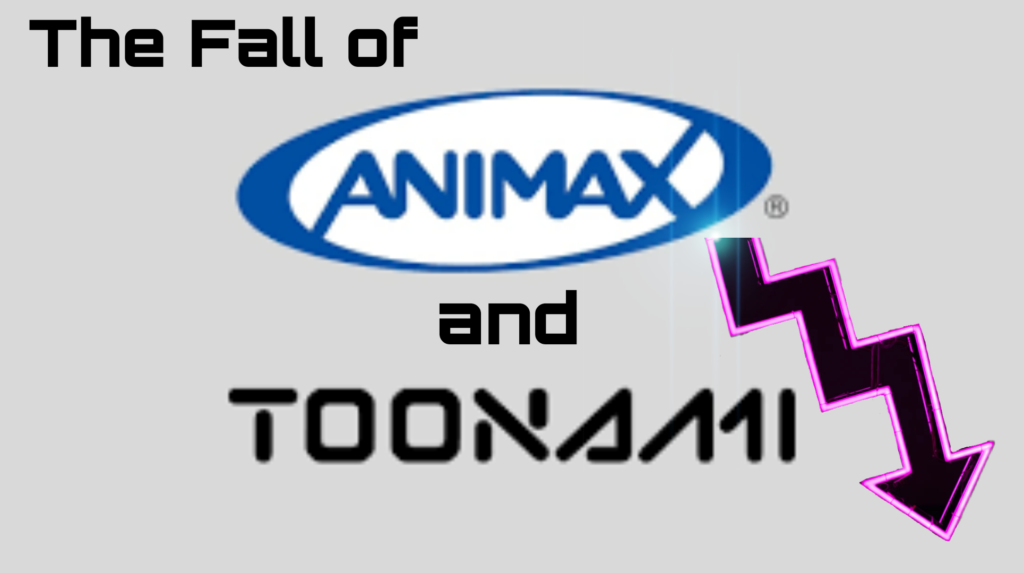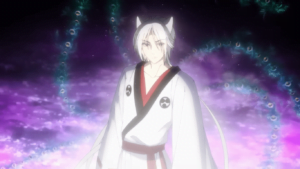Table of Contents
An Introduction to Anime’s Journey in India

Nowadays, people worldwide understand the charm of Japanese animation. Its appeal has crossed continents, and India is no different. Especially after 2020, the recognition of anime in India as an entertainment media has increased drastically.
Despite early challenges and misunderstandings of common folk towards the medium, anime has found a place in the hearts of many Indians. In this blog, I try to delve into anime’s path in India—from its start to the present day.
Start of Anime in India

Anime has found its way to Indian screens, mainly targeting the youth and young adult demographic of 18 to 28 year olds. But unfortunately, the idea that anime is just for kids has stuck around to this day. A casual audience seldom understands many genres and themes covered in this animated medium.
The popularity of anime in India began with “Dragon Ball Z” airing on Cartoon Network in the early 2000s. Since then, series like “Naruto,” “Beyblade,” and “Pokemon” have drawn in Indian viewers, creating a dedicated fan base that continues to thrive to this day.
But did you know that Dragon Ball Z is not the first anime to air in India? Actually, the first anime of India is a topic of debate. The first anime to ever air on Indian television was Robotech. Robotech aired in India on Star TV in 1992. It did not meet major success due to the unpopularity of cable TV at the time. In 1993, Doordarshan picked up The Jungle Book: The Adventures of Mowgli which instantly became a hit.
Is Anime cartoon?

Despite its popularity, anime often gets dismissed as just kids’ stuff. This happens because it’s shown alongside regular cartoons and looks similar. But anime is its own thing, with detailed stories, character development, and themes.
While some anime series are indeed targeted towards younger audiences, this categorization fails to recognize the immense depth and variety the medium offers. Unlike cartoons, which often prioritize lighthearted episodic adventures, anime can delve into complex narratives with intricate storylines, nuanced character development, and thought-provoking themes that resonate with viewers of all ages.
From philosophical explorations of morality in Death Note to the poignant coming-of-age story in Spirited Away, anime tackles a vast array of subjects that transcend the limitations of “just for kids” entertainment.
The Story of Animax and Toonami

Channels like Animax and Toonami were a boon for Indian anime fans upon their launch in the early 2000s. These dedicated channels offered a haven for viewers to explore a diverse range of anime series, often dubbed or subtitled in Hindi and other regional languages. This catered to a wider audience and helped bridge the cultural gap for Indian viewers.
However, despite their initial success, both channels faced challenges. Low viewership, possibly due to the misconception that anime was solely for children, and the growing popularity of alternative entertainment options like social media and other television shows, ultimately led to their decline. In 2017, Animax ceased operations in India, and Toonami was merged with Cartoon Network, effectively marking the end of a dedicated anime broadcasting space in the country.
Localisation of Anime

Channels like Animax and Toonami were a boon for Indian anime fans upon their launch in the early 2000s. These dedicated channels offered a haven for viewers to explore a diverse range of anime series, often dubbed or subtitled in Hindi and other regional languages. This catered to a wider audience and helped bridge the cultural gap for Indian viewers.
This shift necessitated a focus on localization efforts. Local dubbing of anime series became crucial for continued growth and accessibility. By replacing the Japanese dialogue with high-quality Hindi dubs, the content became more relatable and easier to understand for the Indian audience.
While creative and enthusiastic fan dubs have undeniably played a role in the Indian anime community, professional dubbing by studios ensures a high standard of quality and avoids potential copyright issues. This professional approach is vital for bridging the language gap and truly connecting with a wider range of viewers in India, allowing them to fully immerse themselves in the stories, characters, and emotions that anime offers.
Enter streaming platforms

Streaming platforms revolutionized how Indian audiences consume anime. Services like Netflix, Amazon Prime Video, and Crunchyroll offer vast libraries of anime series, subtitled and dubbed in various languages. This accessibility caters to a wider audience with diverse language preferences.
However, the lack of readily available Hindi-dubbed content remains a significant hurdle. While these platforms offer subtitles in Hindi and other regional languages, some viewers, particularly those unfamiliar with English, find subtitles a barrier to full immersion. This creates a gap between the potential audience and the content they crave.
Recognizing this, some streaming platforms, like Netflix, have begun to invest in Hindi dubbing for select anime titles. This is a positive step towards bridging the language gap and fostering a more inclusive anime viewing experience for the Indian market. However, the volume of Hindi-dubbed content still lags behind the overall library, leaving a gap that fan dubs and community efforts sometimes attempt to fill.
The Future of Anime in India

Despite these challenges, the future of anime in India brims with potential. The digital media landscape is undergoing a significant transformation. Internet penetration is reaching new highs, and smartphone usage is exploding, particularly in rural areas.
This digital boom translates to a massive and increasingly accessible audience for streaming platforms. Giants like Netflix, Amazon Prime Video, and Crunchyroll are all vying for viewers’ attention with their ever-expanding anime libraries. Recognizing the potential of the Indian market, some of these platforms are actively investing in Hindi dubbing. This not only bridges the language gap but also fosters a more inclusive anime viewing experience.
Furthermore, the future of anime in India extends beyond just accessibility. There’s a burgeoning trend of local content creation. Indian studios are collaborating with their Japanese counterparts, resulting in exciting new anime experiences that cater to both Indian and global audiences.
These collaborations leverage the strengths of both sides, with Indian studios bringing their cultural sensibilities and storytelling traditions to the table, while Japanese studios contribute their vast animation expertise. This cross-pollination has the potential to produce groundbreaking anime that resonates with viewers worldwide.
Overall, the future of anime in India appears bright. Increased accessibility, a growing fanbase, and the emergence of local content creation all point towards a thriving anime ecosystem in the years to come.
Anime’s journey in India In a nutshell

Anime’s journey in India began in the late 1980s and early 1990s, with dubbed English versions of shows like “Dragon Ball Z,” “Ninja Hattori,” and “Doraemon” finding a home on television channels. These captured the imagination of a generation of children, sparking a love for the vibrant animation style and engaging storylines.
The golden age continued with the arrival of dedicated anime channels like Animax and Toonami, offering a wider variety of shows. Titles like “Naruto,” “Pokemon,” and “Fullmetal Alchemist” further solidified anime’s fanbase. However, the decline of these channels and concerns about content led to a period of limited access.
The current scenario is one of revival. Streaming platforms like Netflix and Crunchyroll offer a plethora of anime choices, catering to a growing audience. Additionally, successful theatrical releases like Makoto Shinkai’s films and a thriving online anime community point towards a bright future for anime in India. The love for these fantastical worlds and relatable characters continues to grow, making anime a significant part of Indian pop culture.



